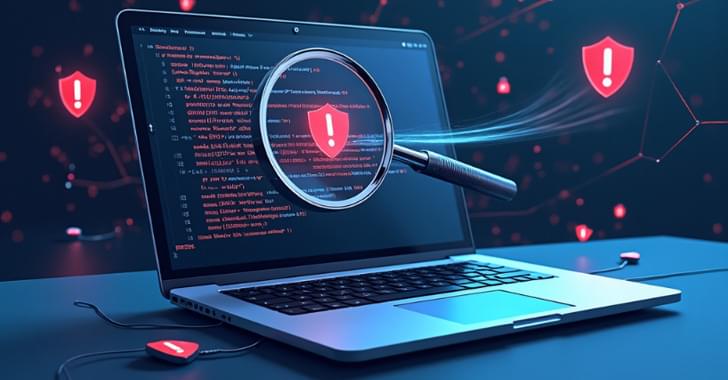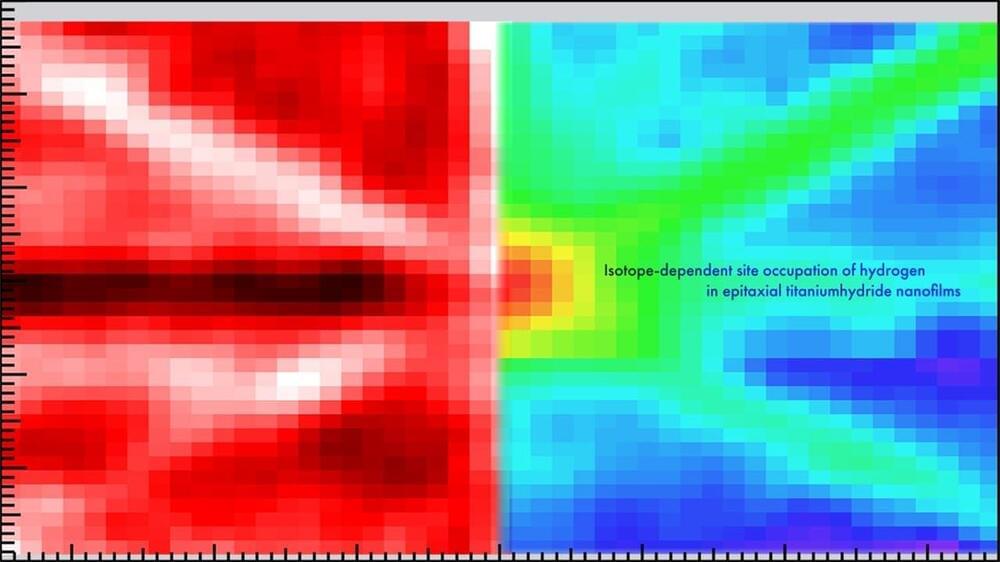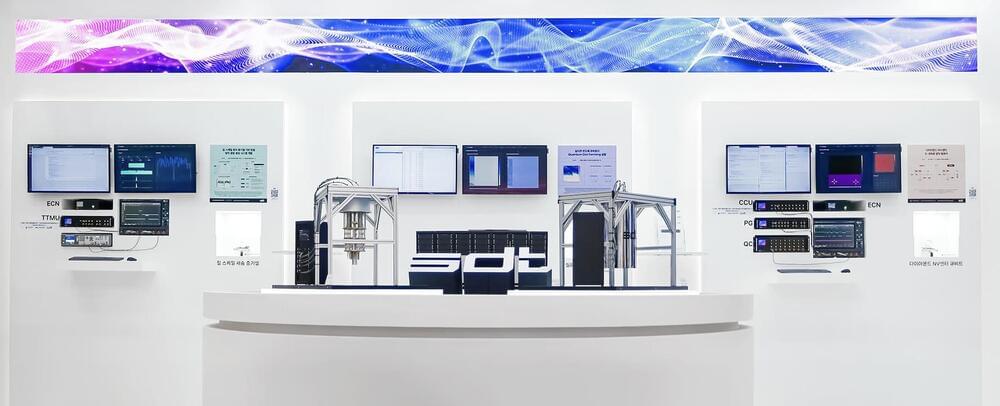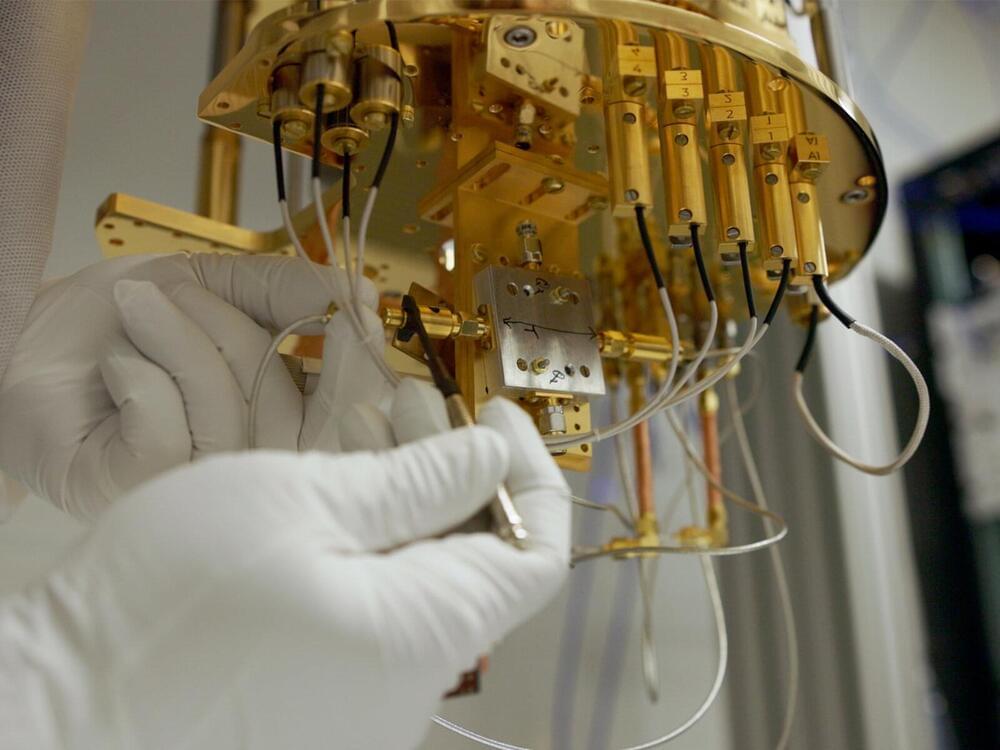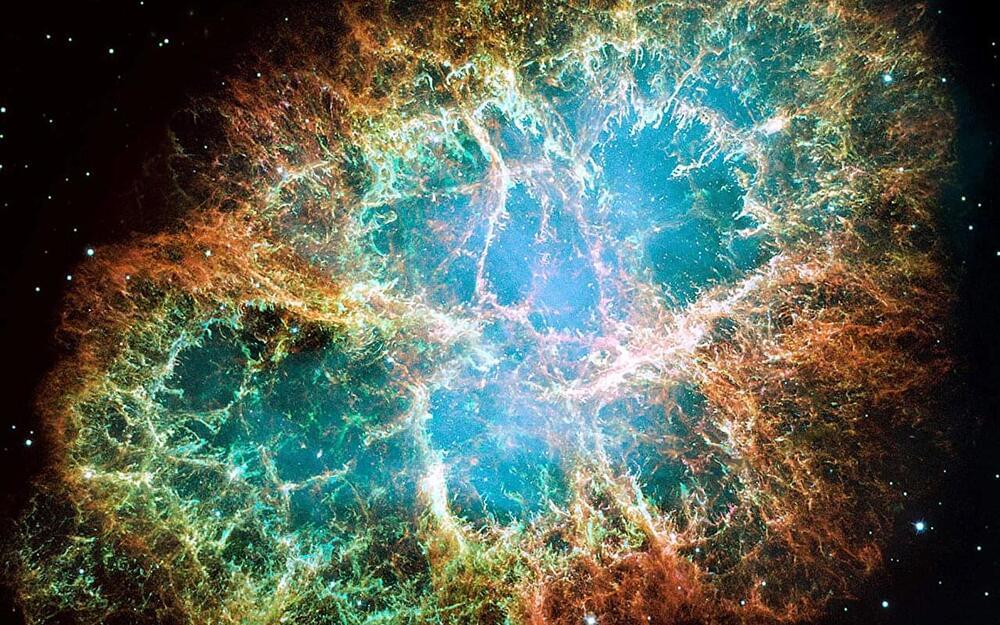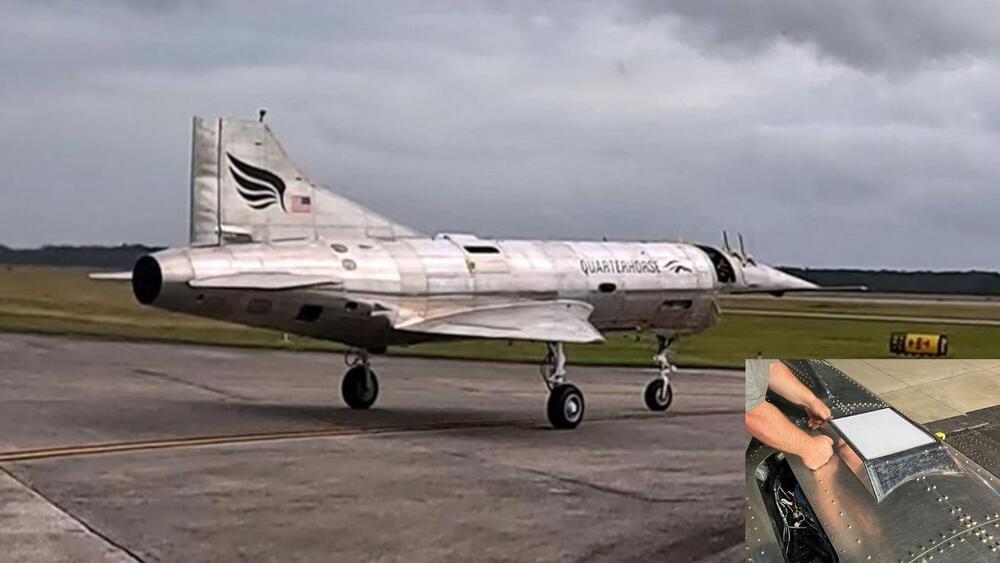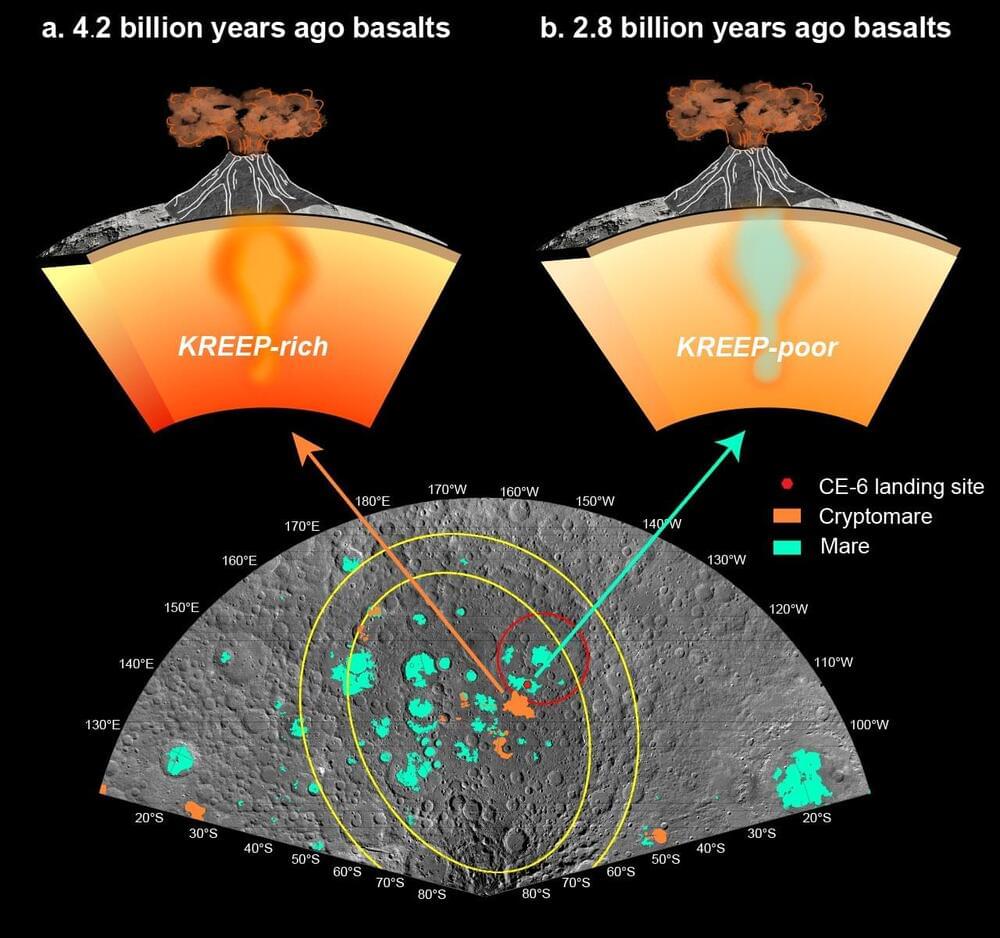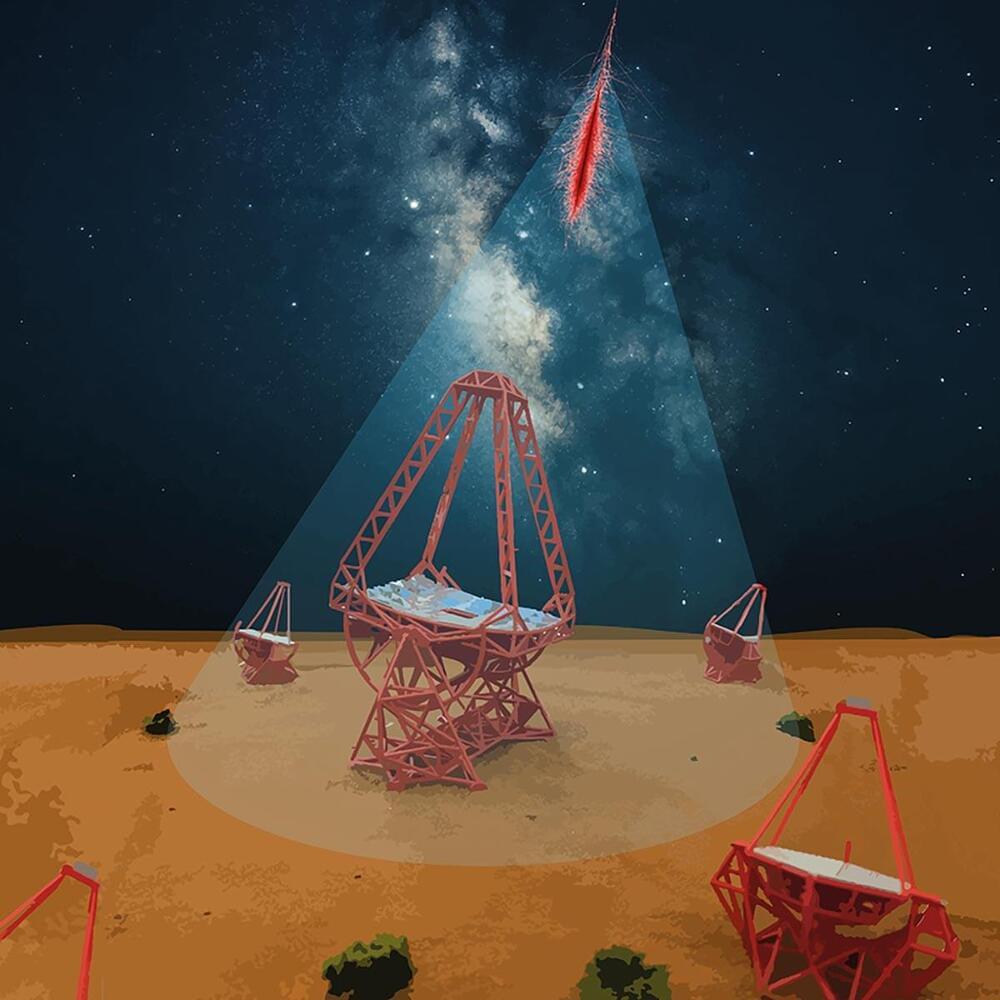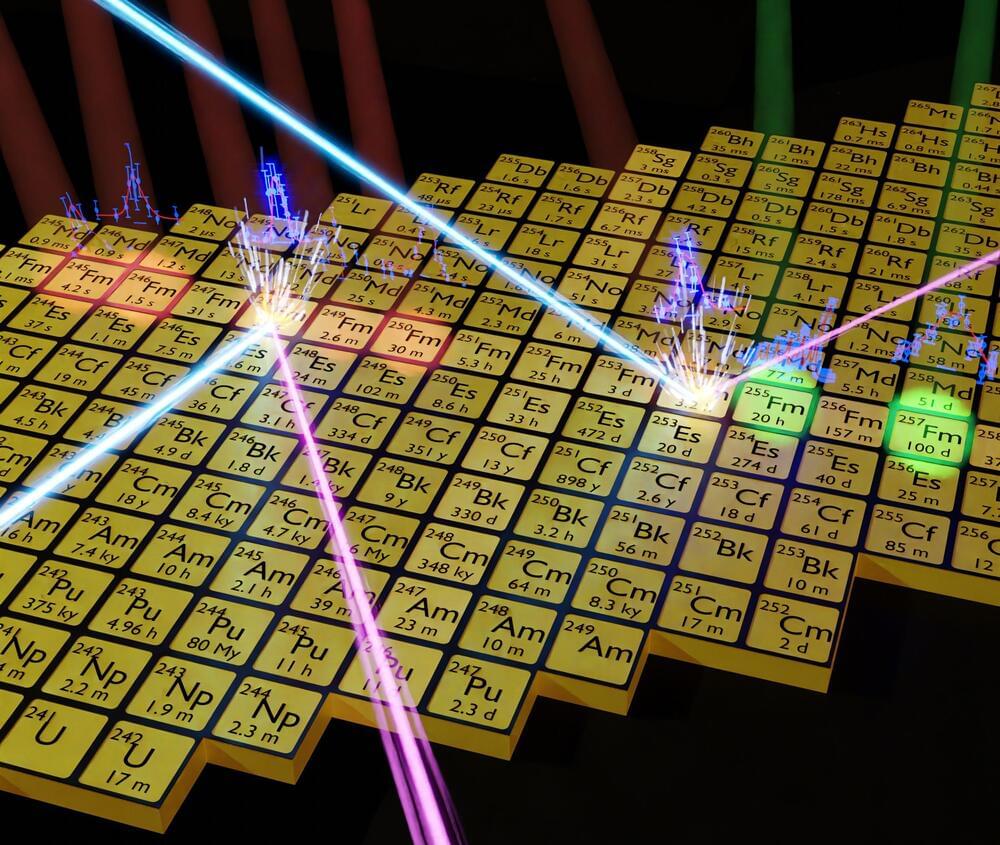Nov 19, 2024
New Stealthy BabbleLoader Malware Spotted Delivering WhiteSnake and Meduza Stealers
Posted by Saúl Morales Rodriguéz in categories: business, cybercrime/malcode, finance
Cybersecurity researchers have shed light on a new stealthy malware loader called BabbleLoader that has been observed in the wild delivering information stealer families such as WhiteSnake and Meduza.
BabbleLoader is an “extremely evasive loader, packed with defensive mechanisms, that is designed to bypass antivirus and sandbox environments to deliver stealers into memory,” Intezer security researcher Ryan Robinson said in a report published Sunday.
Evidence shows that the loader is being used in several campaigns targeting both English and Russian-speaking individuals, primarily singling out users looking for generic cracked software as well as business professionals in finance and administration by passing it off as accounting software.
